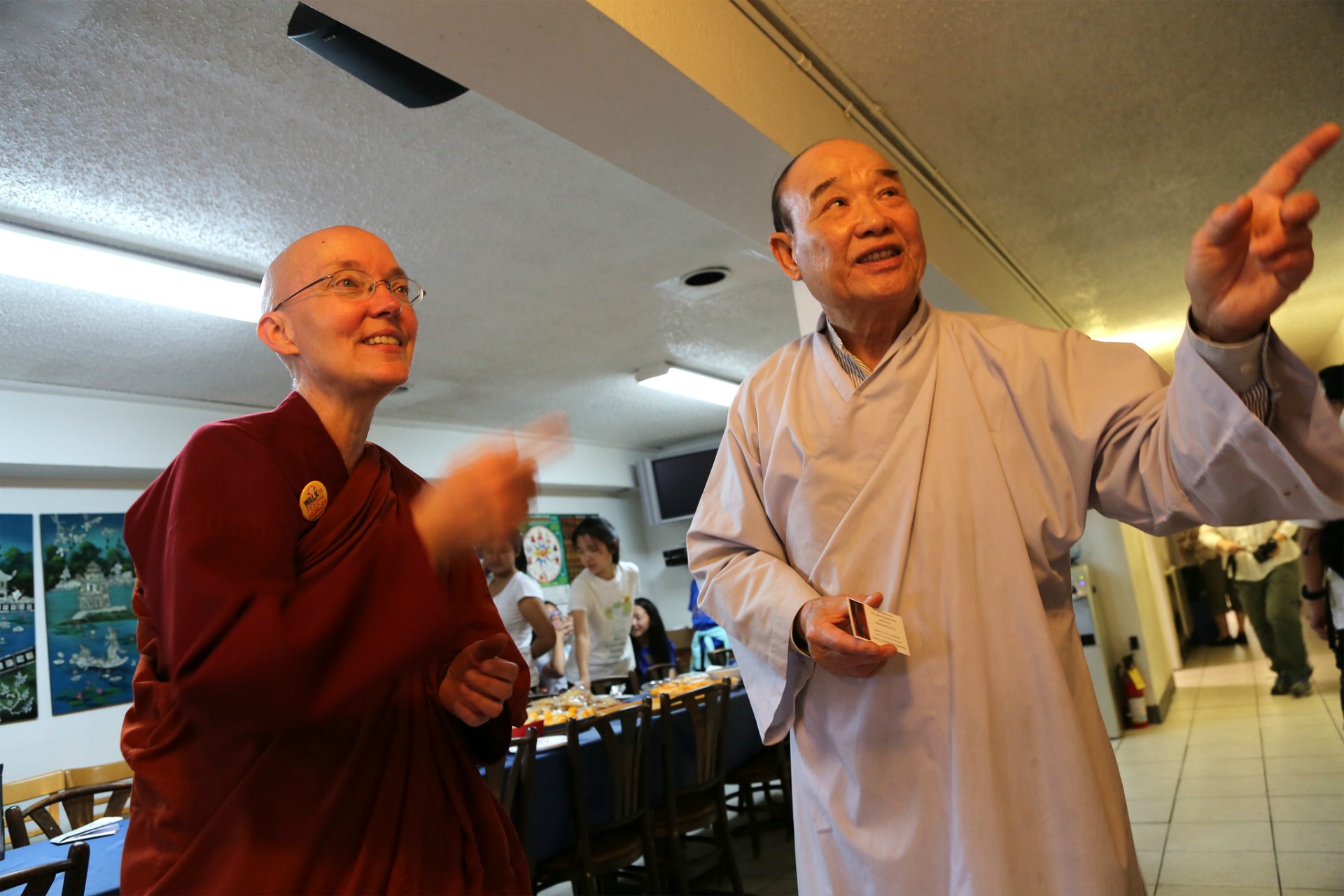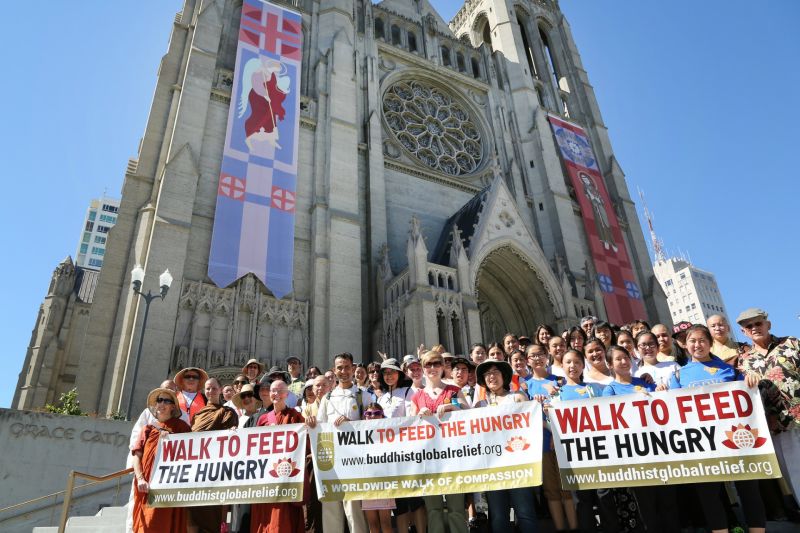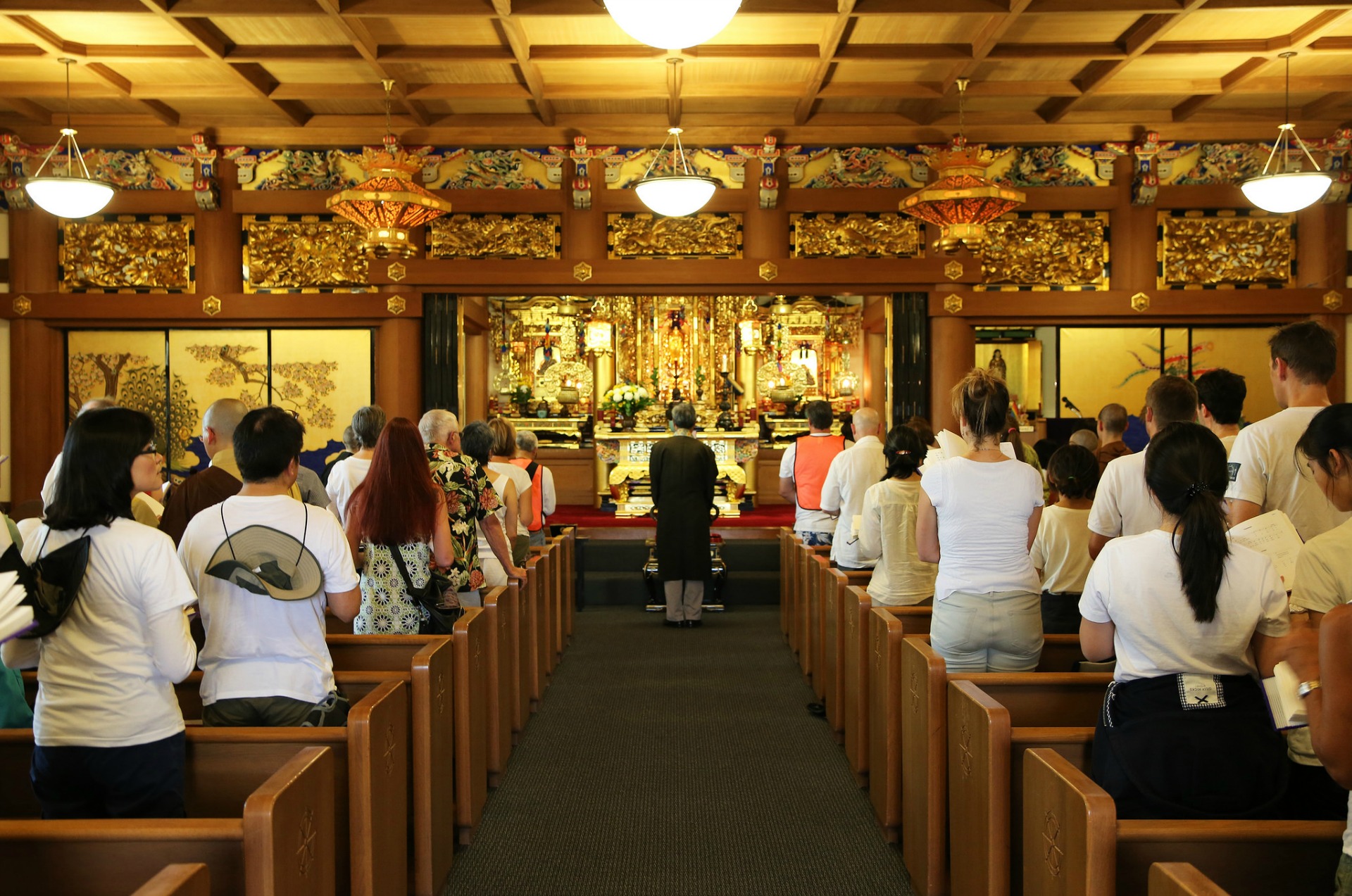In 2007, Bhikkhu Bodhi was disenchanted with a growing trend he saw in the American Buddhism community. The Theravada Buddhist monk, the author of several influential translations of Buddhist texts, was happy that Buddhism was growing and becoming popular in the US, but he was troubled with what he saw as the community’s emphasis on self-fulfillment at the expense of empathy for the greater world--Buddhism in a vacuum, essentially.
He penned an editorial about the topic in the magazine Buddhadharma, titling it “A Challenge to Buddhists,” and implored readers to do more to fight global suffering, declaring that:
“The special challenge facing Buddhism in our age is to stand up as an advocate for justice in the world, a voice of conscience for those victims of social, economic, and political injustice who cannot stand up and speak for themselves.”
Bodhi’s editorial sparked a major response in the American Buddhist community. Many felt the same, and wanted to channel their energy into actionable charity work. In 2009, Bodhi and others created Buddhist Global Relief (BGR). They see the ultimate work of Buddhism as helping others and ending suffering, and point out that Buddha himself spoke out against hunger: in the Dhammapada, one of the most widely read collections of his writings, Buddha said that “Hunger is the worst illness.”
The nonprofit works on long term solutions to ending poverty and hunger, and helps communities create their own sustainable food sources, rather than creating an endless cycle of food dependence. They’ve built wells in Cambodia, provided deworming medication in Niger, and promoted the health benefits of breastfeeding in Côte d'Ivoire. The group also focuses on promoting women’s education and economic power worldwide, which they see as a crucial step in eradicating the inequities that lead to hunger and poverty.

One of BGR’s most popular events are the annual Walks to Feed the Hungry, which take place in cities across the US ranging from Milford, Michigan (population: 6,175) to Los Angeles (3.8 million). The money raised by the walks goes to both the group’s international projects as well as a local charity chosen by the group’s members.

